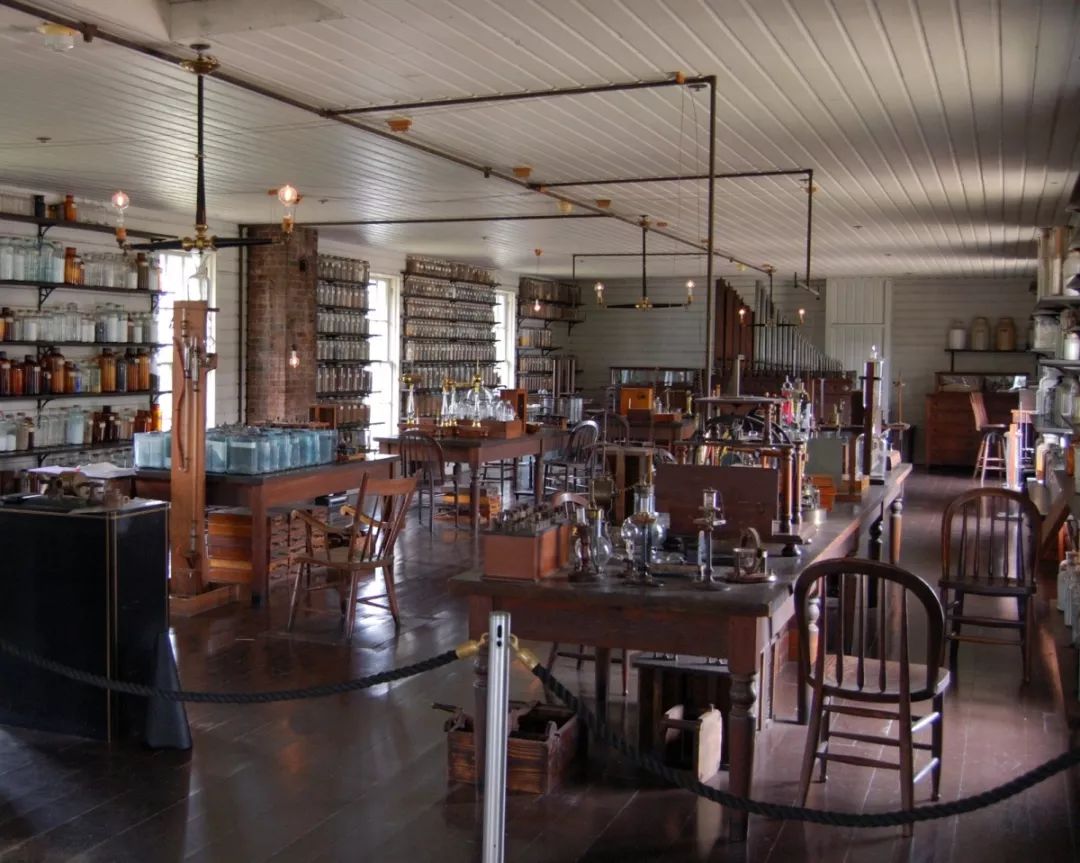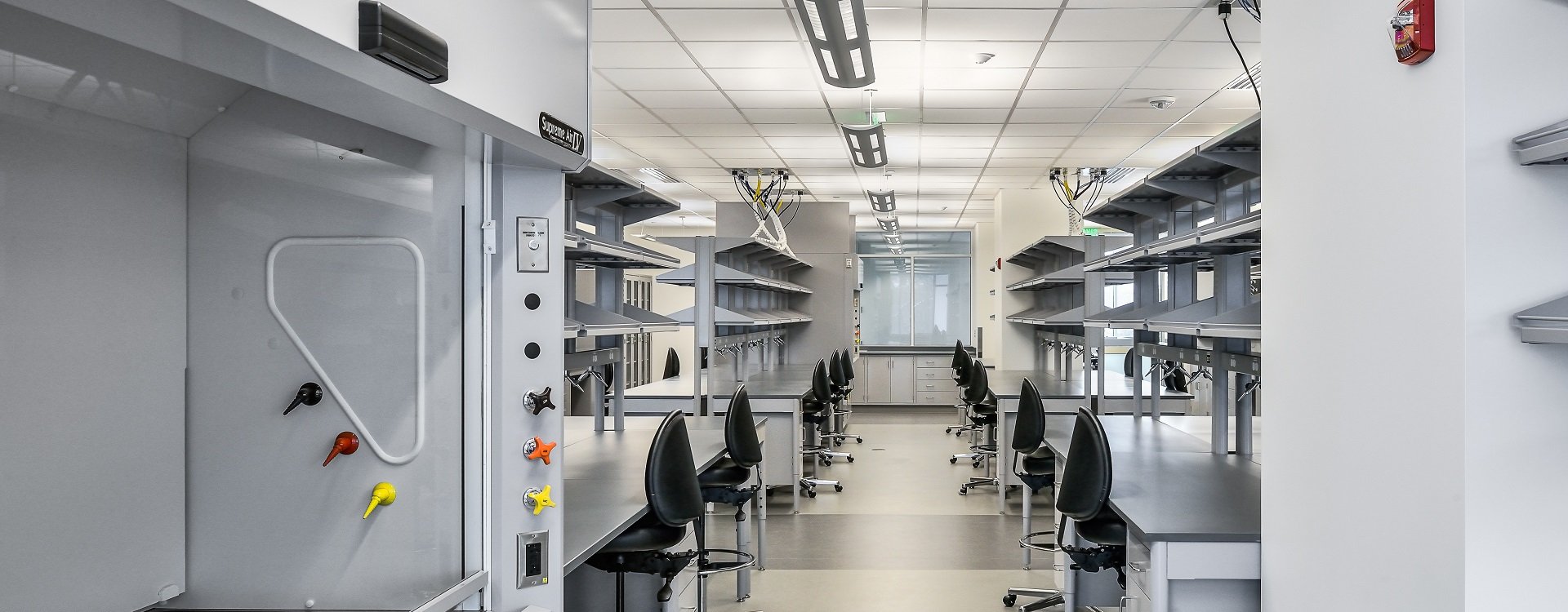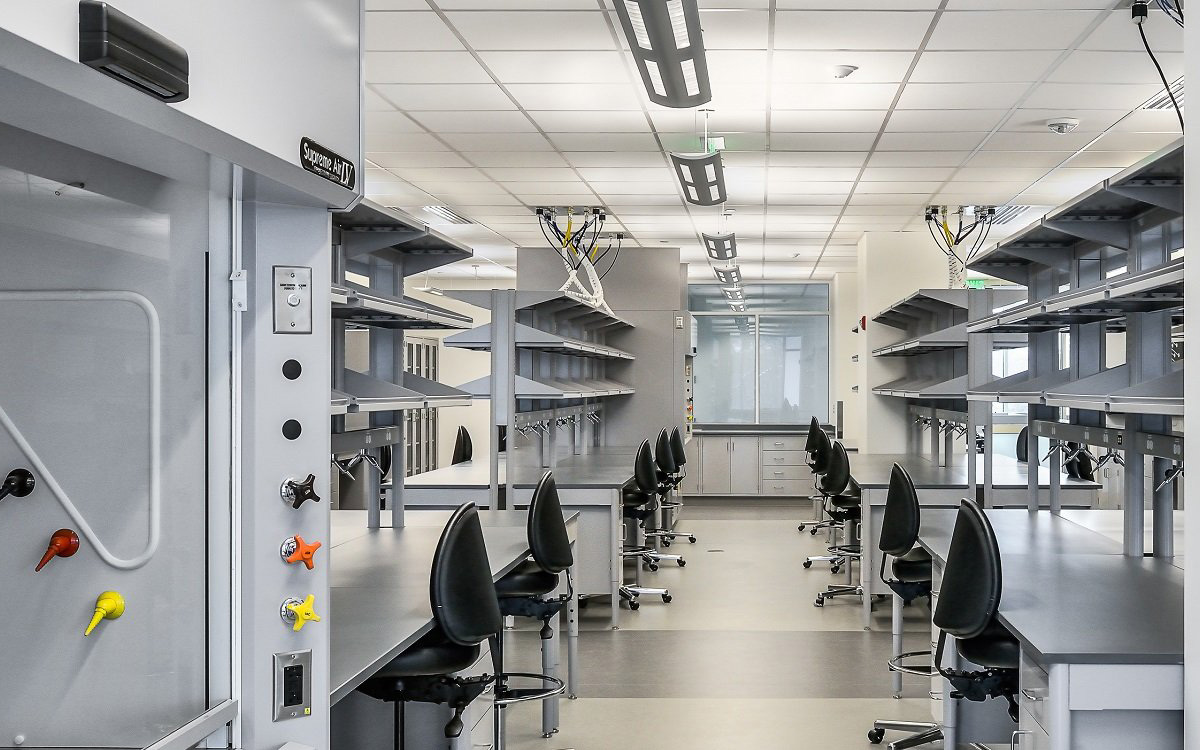What Will the Future Research Laboratory Be Like?
Date: 2022-01-19 Source: RUANQI Classification: Resources
Thomas Edison died about 85 years ago, but the famous American inventor still had a great influence on the planning and construction of scientific research space.
Vedel, vice president of professional facilities solutions of CBRE, a global workplace solution company, said that Edison's Menlo Park Research Laboratory in New York was a model of many university research laboratories established in 1930s, 1940s and 1950s. He pointed out that these laboratories, in turn, influenced the industrial laboratories established by pharmaceutical companies and other private research companies in the coming decades.

Edison's Menlo Park Research Laboratory, New York
Of course, you don't have to do this, instead of being like Edison, an inventor with more than 1,000 patents and the first practical electric light bulb. However, with the emergence of new technologies, business models and even scientific disciplines, the times have changed since he first established the laboratory.
Vedel said that this requires rethinking the laboratory space.
Rethinking the traditional R&D laboratory
He said: "When you enter the 21st century, especially in the past decade, with the great changes in technology, the society's acceptance of collaborative technology has changed, and it has really promoted the distinctive needs of laboratories."
Recently, Vedel and some of his CBRE colleagues began to describe these differences in the future lab report, which focused on the changing ways of laboratory space to meet the current and future research needs.
Vedel suggested that one of the factors to promote the change of structural thinking in laboratory is that the old model assuming that big input equals big output no longer seems to work.
Thirty years ago, the thought was that the more research you did, the more likely you were to find "blockbuster". He said, "So it would cost a lot of money to recruit and build more laboratories, but it turned out not to be the case. This led people to say,' We don't have this right'. " Change of laboratory type

The chart shows that the demand for open and adjustable laboratories will increase over time, while the demand for traditional laboratories will decrease.
Cooperative Study
At the same time, Vedel said that the progress in the fields of computer modeling, data sharing and analysis has led to less emphasis on traditional wet laboratory work, and more and more attention has been paid to the use of big data and modeling to optimize and accelerate the research process.
For example, more effective modeling can enable researchers to better predict which projects or research lines are most likely to bring success, thus enabling scientists to enter the next new idea more quickly and eliminate the idea of eventual failure more quickly. Moreover, it will mean more efficient use of resources, and a large number of outputs can be achieved even in an environment where R&D expenditure is more limited.
Hahn, the global workplace innovation manager of CBRE and co-author of the report, pointed out that another key factor is the increasing complexity of research projects.
She said that this increased the importance of collaboration inside and outside the laboratory. This means increasing the laboratory space dedicated to this kind of cooperation.
Micro-technology of research
Of course, the traditional wet laboratory work has not disappeared. But here, with miniaturization and automation and other factors changing the essence of this research, the change is coming. Instruments that once occupied the whole room are now easy to put on the table, and the analysis done by hand is becoming more and more automatic. Hahn said that all this is a new level of connection between the laboratory and the laboratory.
The future laboratory may not look like a laboratory.
"Technology is not only becoming smaller, smarter, but also more integrated and embedded in the environment," she said. "Technology will increasingly become a seamless and invisible curator, with complexity hidden behind it. This is what we call' new technology'. Internet of Things, sensors, integrated technology, robotics and automation are all trends that promote future lab and its productivity. "
Vedel said that in fact, eventually, the future laboratory may not look like a laboratory. For example, he said, one day, wearable devices may be used for clinical trials, instead of allowing patients to enter the hospital for regular medication and blood drawing.
"The future will be like this. Wear the device on your wrist and take this medicine once a week. I will collect data remotely in your life." He said: "I think this is part of future lab, and the laboratory will move out of the laboratory."




